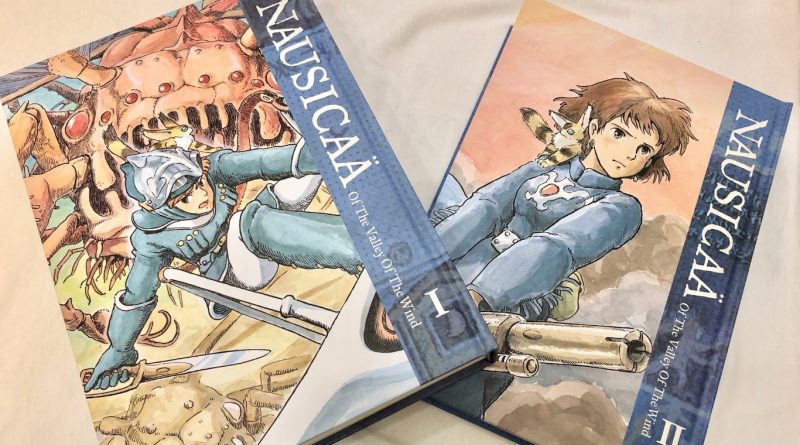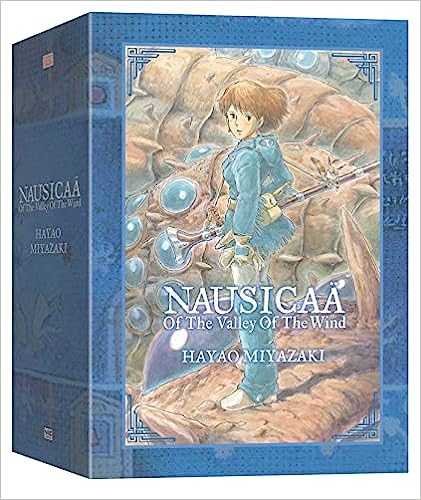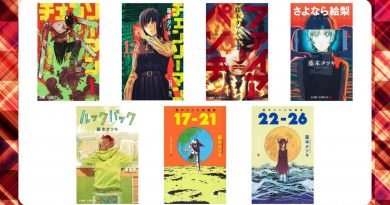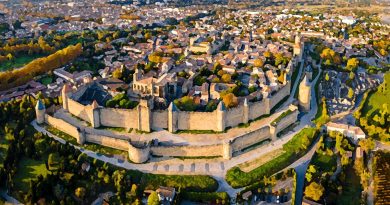[Into the Depth of Ghibli Manga] Nausicaa of the Valley of the Wind
Since its release in Japan in 1984, “Nausicaä of the Valley of the Wind” has become a beloved movie worldwide. Here’s a concise introduction to why you should read the original manga, which boasts enduring popularity among dedicated fans!
1. Unveiling the Mysteries of the Film
While the movie is a masterpiece, its narrative is limited and doesn’t reach the depths of the story. In the manga, key elements like the Seven Days of Fire, the Toxic Jungle, the Ohmu, and the Giant Warriors are thoroughly explored, revealing their origins and significance.
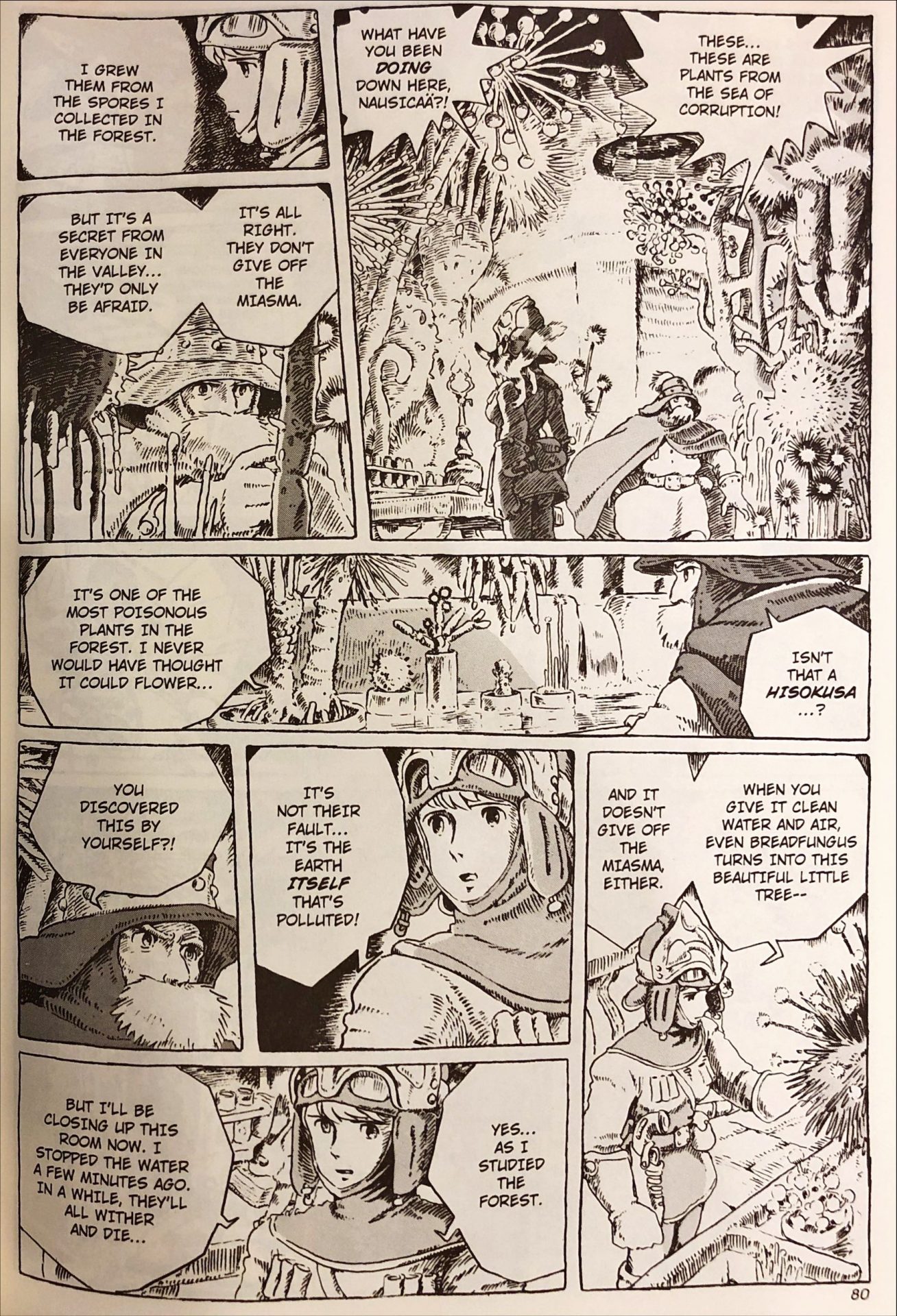
2. Shift in Perception of Main Characters
In the movie, there’s a conflict between Princess Kushana, who wants to use the power of the Giant Warriors to burn the Toxic Jungle, and Nausicaä, who seeks coexistence with the Toxic Jungle and the Ohmu. This might give a negative impression of Princess Kushana, however, when you read the manga, your perception of her will drastically change. Her background and compassion are unveiled, and she gains deep trust from her subordinates. Her ability to see things from a broader perspective makes her an ideal leader!
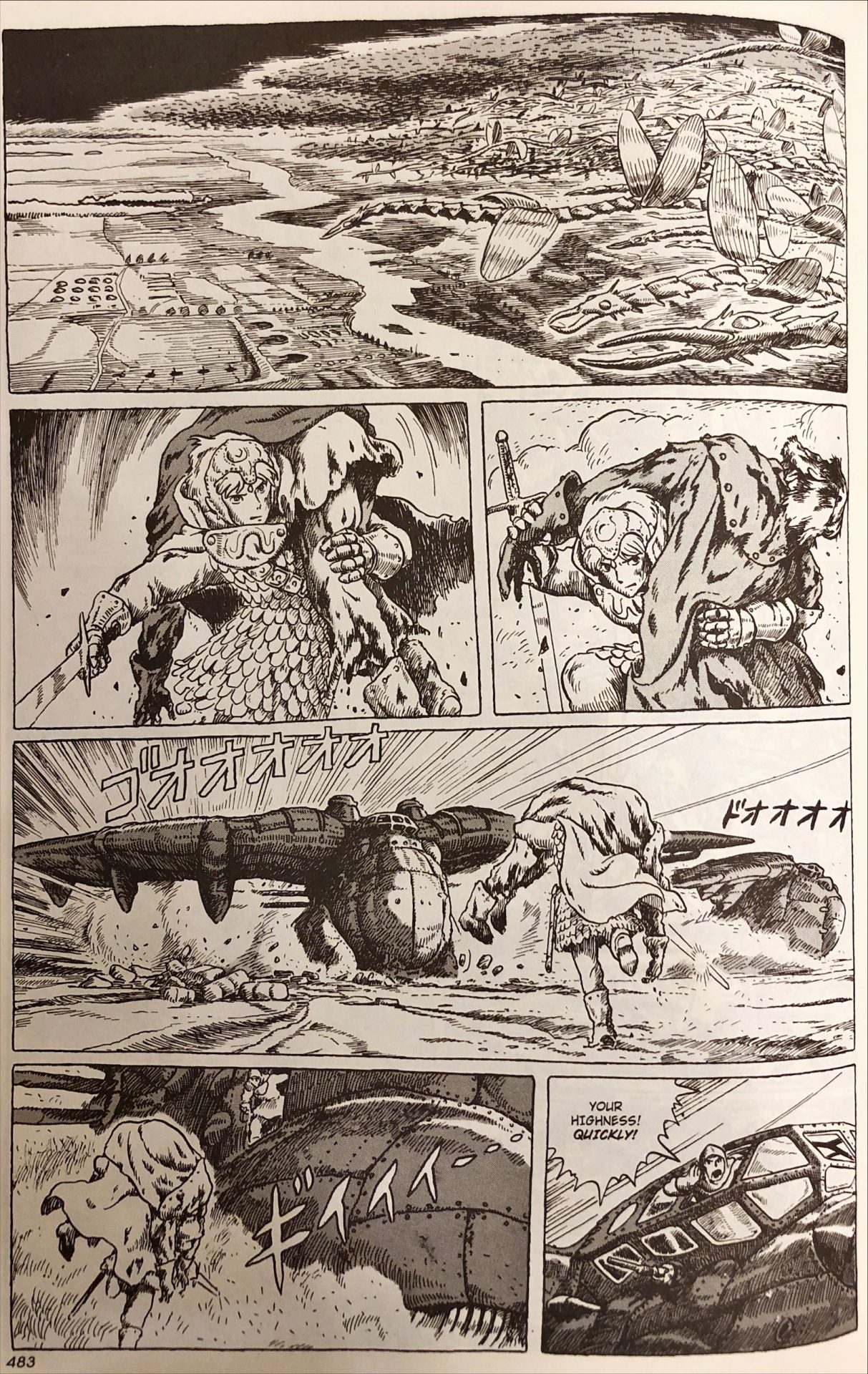
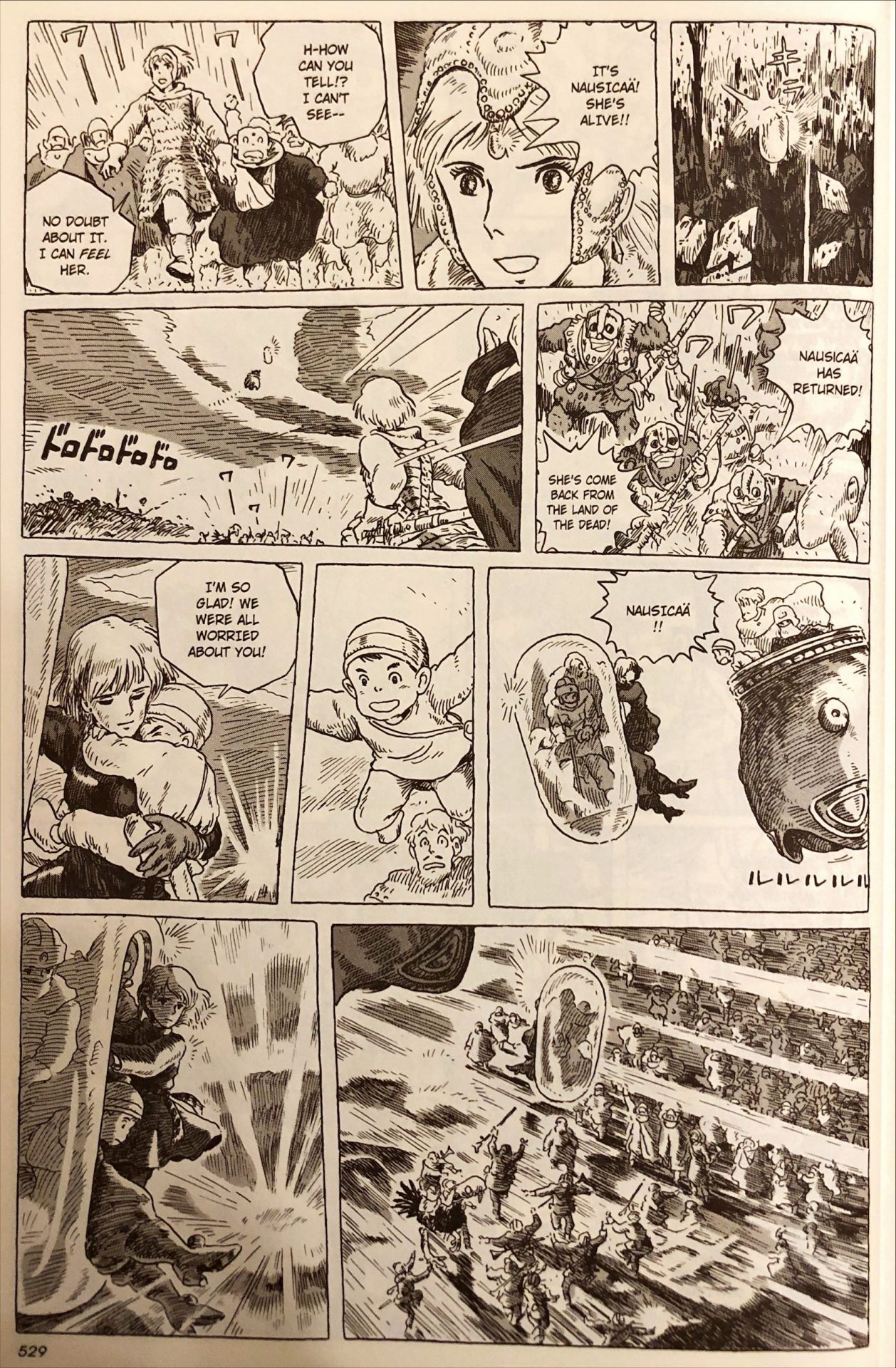
#3 The World Beyond the Valley of the Wind
The manga introduces the powerful state of Dorok, not featured in the film, which plays a significant role in the story. The ongoing conflict between Dorok and Torumekia involves the Valley of the Wind, a remote autonomous state allied with Torumekia.

#4 Unique and Charming Characters
Many characters not present in the movie appear in the manga, each with their own distinct personalities and roles. The story involves Dorok’s monk officials, telepathic monks, tribes that control insects, and the revered forest people, all of whom play crucial roles.
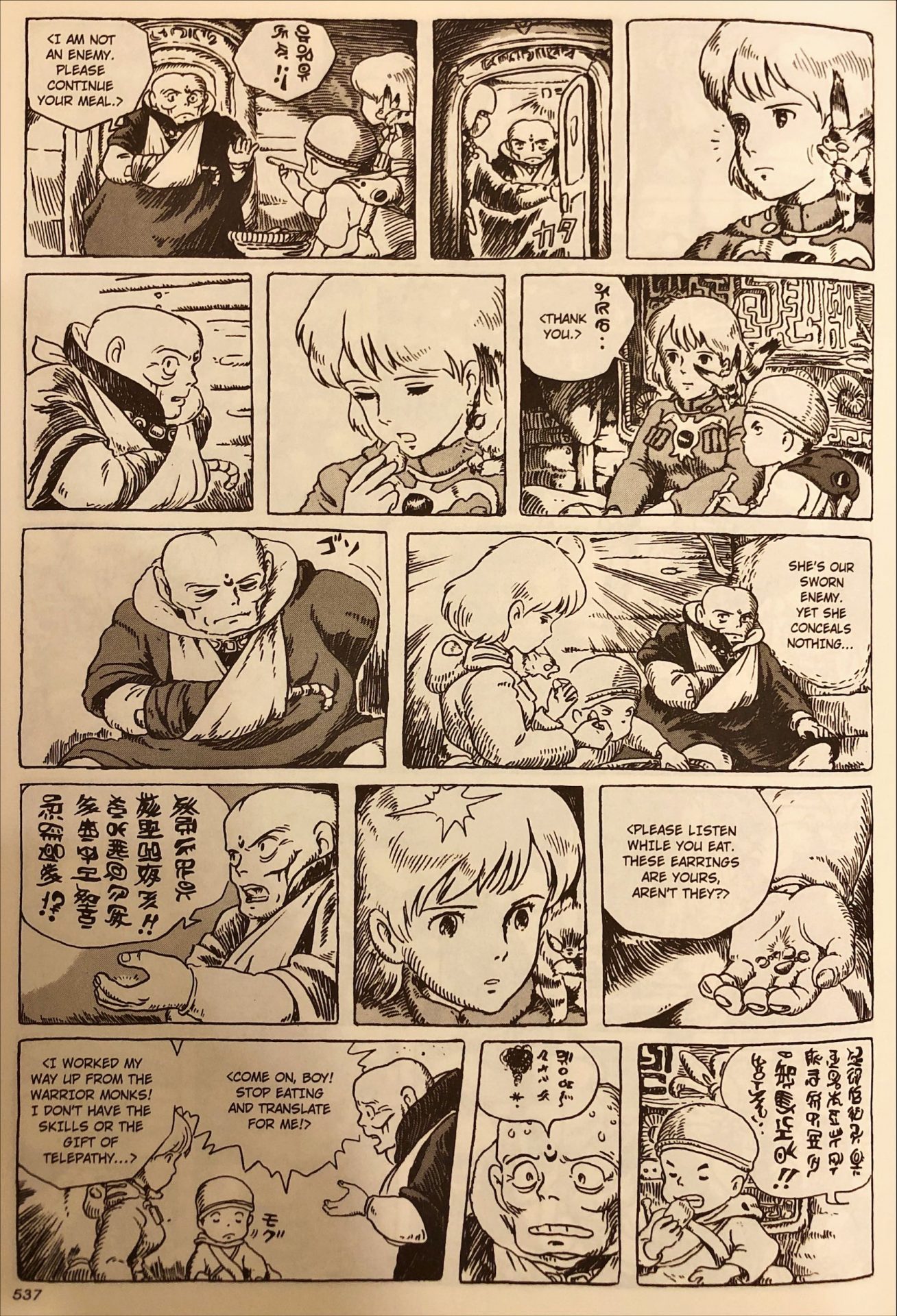
#5 Universal Themes
The manga delves deeply into themes beyond environmental issues, exploring human ego, existence, religion, and technology. As a masterpiece addressing universal themes, it is sure to be read across the world even 10, 20, or 100 years from now.
Lastly, let me share one of Nausicaä’s quotes:
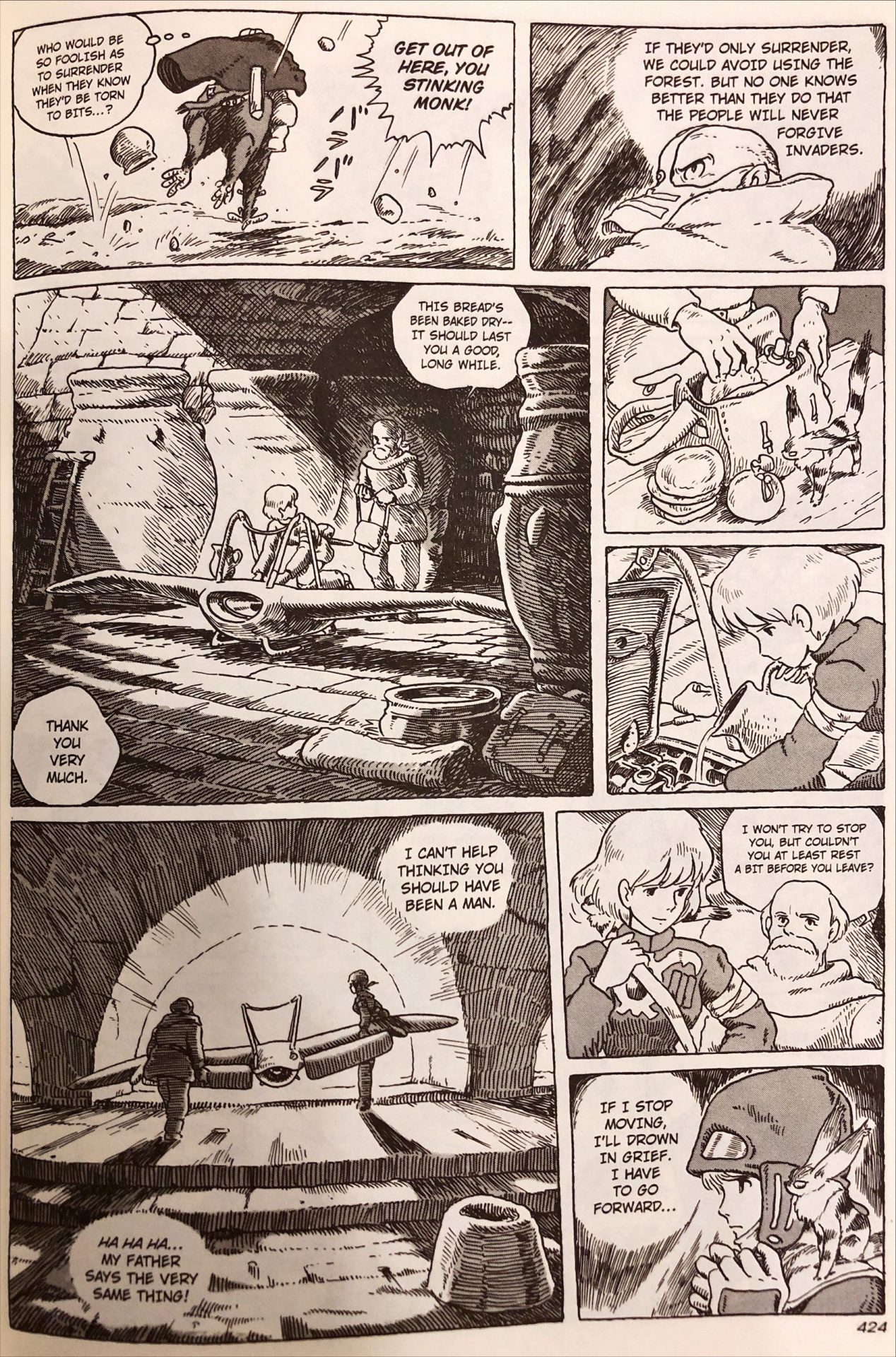
That concludes my introduction to the manga “Nausicaä of the Valley of the Wind.” While I couldn’t provide detailed plot points in order to avoid spoilers, if you’ve become even a little curious, I encourage you to give it a read!
—-
Reference Images:
[1] Hayao Miyazaki, (2012). Nausicaä of the Valley of the Wind Deluxe Edition Vol. 1, VIZ Media LLC, p.80
[2] Hayao Miyazaki, (2012). Nausicaä of the Valley of the Wind Deluxe Edition Vol. 1, VIZ Media LLC, p.483
[3] Hayao Miyazaki, (2012). Nausicaä of the Valley of the Wind Deluxe Edition Vol. 2, VIZ Media LLC, p.529
[4] Hayao Miyazaki, (2012). Nausicaä of the Valley of the Wind Deluxe Edition Vol. 1, VIZ Media LLC
[5] Hayao Miyazaki, (2012). Nausicaä of the Valley of the Wind Deluxe Edition Vol. 1, VIZ Media LLC, p.537
[6] Hayao Miyazaki, (2012). Nausicaä of the Valley of the Wind Deluxe Edition Vol. 1, VIZ Media LLC, p.424

